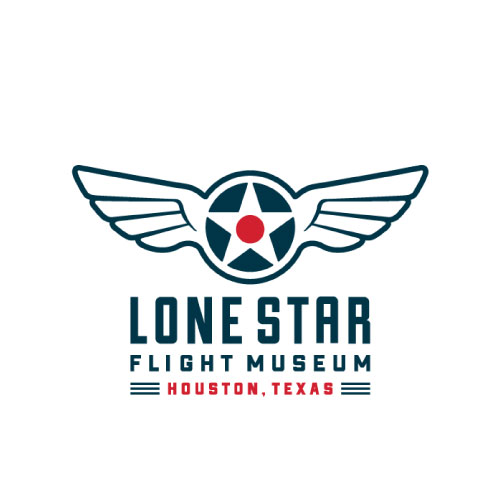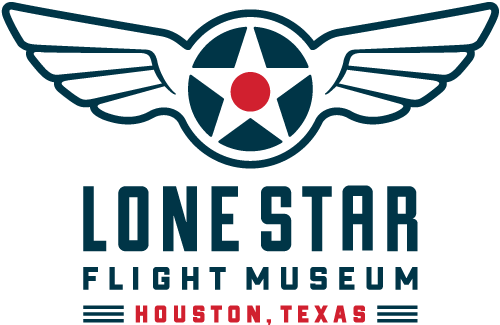The Fairchild F-24 was designed by the Fairchild Aviation Corporation in 1931 as an economical, easy to fly touring aircraft.
Production began in 1932. First models of the F-24 cost $3,360. Both Standard and Deluxe versions were manufactured. The aircraft was powered by either a radial or inline engine. The roomy interior was designed by famed industrial designer Raymond Loewy, who also designed the Coca-Cola vending machine, the Greyhound bus, and the logos for Shell, Exxon, and TWA, among many other products. Many of the aircraft’s components were adapted from the automotive industry (e.g., expansion shoe brakes and rolldown windows). The aircraft had an extremely sturdy undercarriage, which made it ideal for unimproved grass airfields. A number of prominent American businessmen and Hollywood actors purchased F-24s for their personal use. Famed ventriloquist Edgar Bergen owned an F-24 that he used to tour the country with his dummies. When the United States entered World War II, production of the F-24 was diverted to the military. The Army gave the aircraft the designation UC-61 Forwarder, the Navy gave it the designations GK-1 and JK1, and the Coast Guard used the designation J2-K. Some models of the F-24 were fitted with 2 100-lb. bombs and used successfully against German U-boats off the east coast of the United States early in the war. The F-24 was also used by the Civilian Air Patrol for patrol and rescue missions, with some pilots using their own aircraft. Note: Performance characteristics varied from model to model.
The Royal Air Force (RAF) received 150+ F-24s through the Lend Lease Act. The RAF named these aircraft “Argus”, and used them for light communications and ferrying of staff. F-24s were also used by the air forces of Australia, Brazil, Canada, Czechoslovakia, Israel, Italy, Finland, South Africa, Sweden, and Thailand. After the war, there was a surplus of cheap aircraft available to veteran pilots. Fairchild sold the manufacturing rights to TEMCO in Dallas, which produced approximately 300 units. Production ended in 1947.
HISTORY OF THE AIRCRAFT
This aircraft is owned by Scott Rozzell, Chairman of the Board of Directors of Lone Star Flight Museum. It was manufactured in 1940. Originally intended for civilian use, it instead served with the US Navy in Puerto Rico. After the war it was returned to civilian service, and the original 165 hp Warner Scarab radial engine was replaced with its current 200 hp Ranger inline engine. The aircraft was purchased by Rozzell in 2021.





